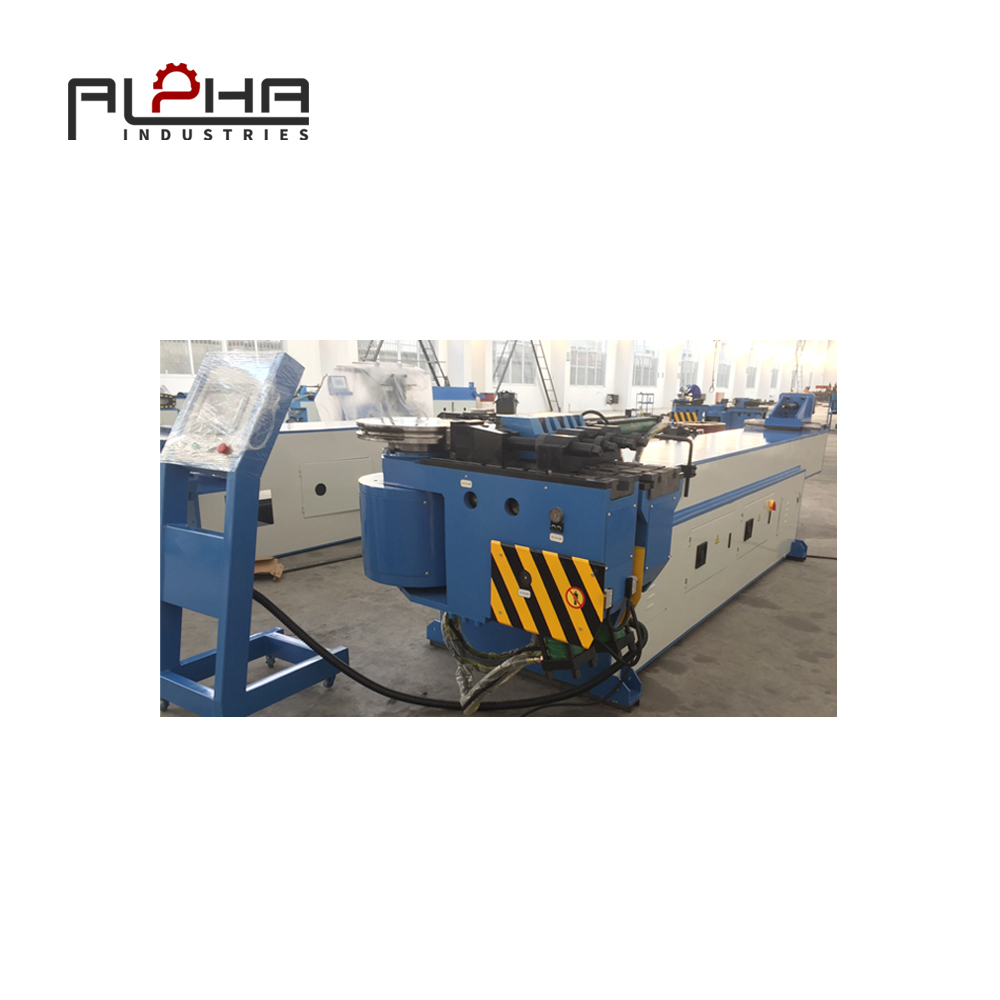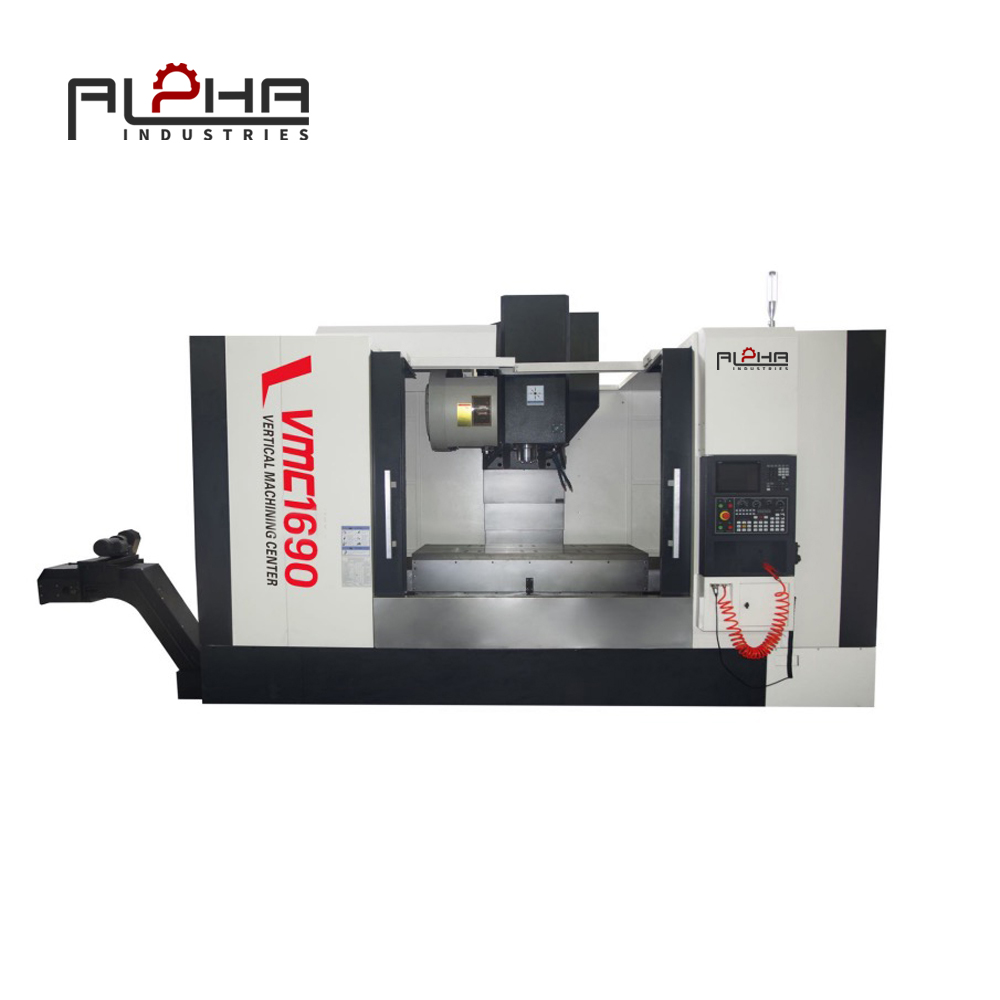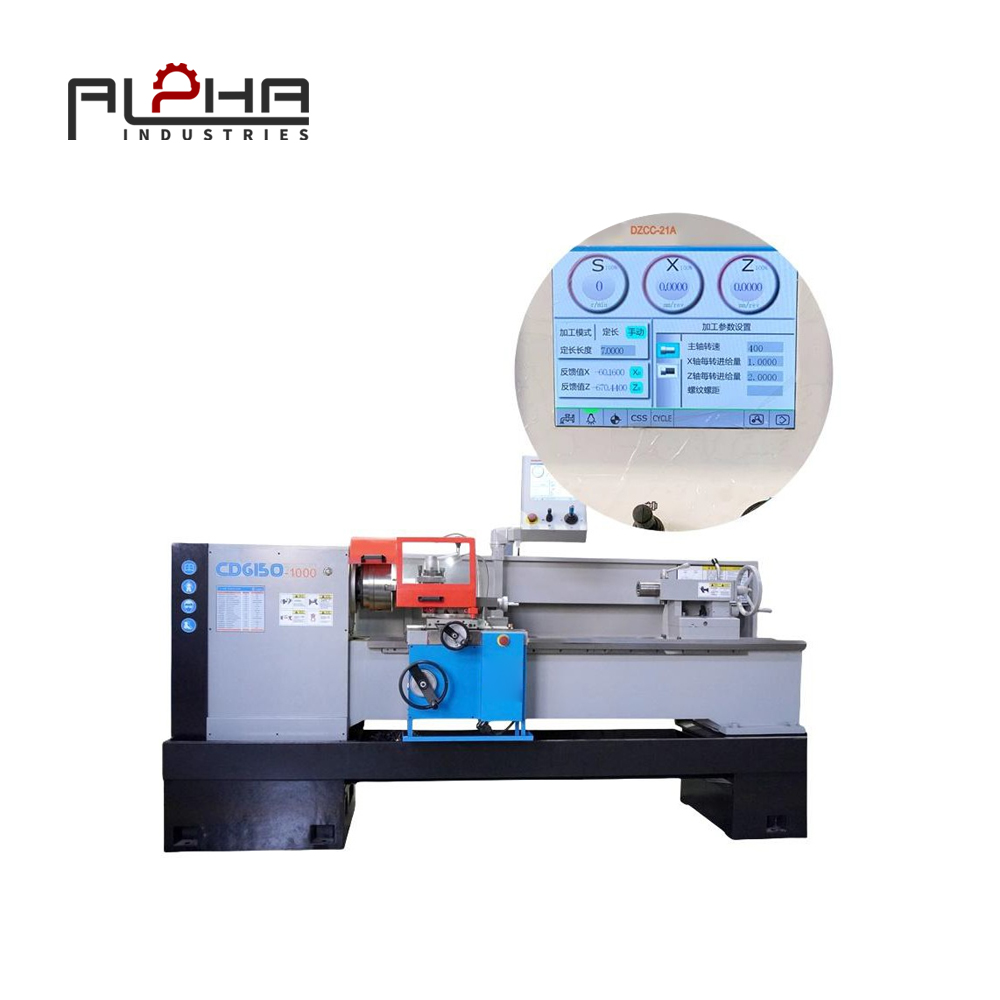Flanges serve as critical connection points in pipelines, pressure vessels, and structural assemblies. The manufacturing of flanges demands precise control over flatness, concentricity, and surface finish, especially for sealing surfaces. Precision lathes tailored for flange machining are designed with structural rigidity and large turning capacities to handle the dimensional and weight challenges posed by industrial flanges.
Critical Requirements in Flange Machining
Industrial flanges, especially those used in the oil & gas, petrochemical, and power sectors, must meet stringent dimensional specifications to guarantee sealing integrity and structural reliability. Precision lathes address these requirements through:
-
Large Swing Diameter:Machines capable of turning parts up to 2000mm or more in diameter.
-
High Spindle Torque:Ensuring stable cutting at low speeds necessary for large, heavy flanges.
-
Face Turning Capabilities:Providing perfectly flat surfaces essential for gasket sealing performance.
Specialized Design Features
-
Heavy-Duty Bed Construction:Massive beds made from Meehanite cast iron to absorb vibrations and prevent deflection when machining oversized parts.
-
Wide Cross-Slide Travel:Allows for full face and OD machining of flanges without repositioning.
-
Automatic Face Grooving Tools:For creating spiral serrations on flange faces, enhancing gasket grip and sealing efficiency.
-
High-Precision Chucking Systems:Large 4-jaw independent chucks or hydraulic chucks to securely clamp irregularly shaped flanges.
Applications of Flange Machining Lathes
-
Oil & Gas Pipelines:Pipe flanges, weld neck flanges requiring precise bolt hole alignment and sealing faces.
-
Pressure Vessels:Flange connections must endure high pressure and temperature variations without leakage.
-
Wind Power:Large-diameter flanges for tower sections and nacelle components.
-
Marine and Shipbuilding:Custom flanges for propulsion systems and structural assemblies.
Process Capabilities and Tooling
-
Facing, OD Turning, and Boring:Complete flange machining including bolt hole circle referencing and internal recessing.
-
Carbide Insert Tools:Optimized for heavy cutting in carbon steels, stainless steels, and alloyed materials.
-
Surface Finish Control:Machines designed to achieve surface roughness values of Ra ≤ 1.6μm on sealing surfaces.
Precision Monitoring and Automation
-
In-Process Measurement:Real-time diameter and flatness checks to ensure compliance with design specifications.
-
CNC Control with Custom Cycles:Pre-programmed routines for face grooving, chamfering, and undercutting streamline the production process.
-
Hydraulic Steady Rests:Support large flanges during rotation, reducing vibration and enhancing machining accuracy.
Post-Machining Inspection
After turning, flanges undergo inspection protocols including:
-
Flatness Measurement with Dial Gauges or CMMs:Ensures adherence to flatness tolerances critical for sealing.
-
Concentricity Verification:Checked against the bolt hole circle and outer diameter to ensure balanced rotation.
Conclusion
Precision lathes designed for flange machining are essential in industries where connection integrity and dimensional precision are non-negotiable. With robust construction, specialized tooling, and advanced control systems, these lathes enable manufacturers to deliver flanges that meet the highest quality and performance standards.
FAQs:
1. Why is flatness important in flange machining?
Flatness ensures that the flange can form a proper seal when bolted with gaskets. Any deviation can cause leaks, especially in high-pressure or high-temperature applications.
2. What is spiral serration on flange faces?
Spiral serration refers to a fine, concentric groove pattern on the flange face. It enhances gasket grip and helps maintain sealing integrity under varying pressure conditions.
3. Can a precision lathe machine custom flange profiles?
Yes, precision lathes with CNC control can produce custom profiles, including tapered faces, raised faces, and custom bolt circle layouts to meet specific engineering requirements.
4. What types of materials are common in flange manufacturing?
Flanges are typically made from carbon steel, stainless steel, alloy steels, and sometimes non-ferrous metals like aluminum or bronze, depending on the application’s corrosion and strength requirements.
5. How are large flanges securely clamped during machining?
Large flanges are secured using specialized 4-jaw independent chucks or custom hydraulic clamping systems that can adapt to various flange geometries and ensure stable machining without slippage.








